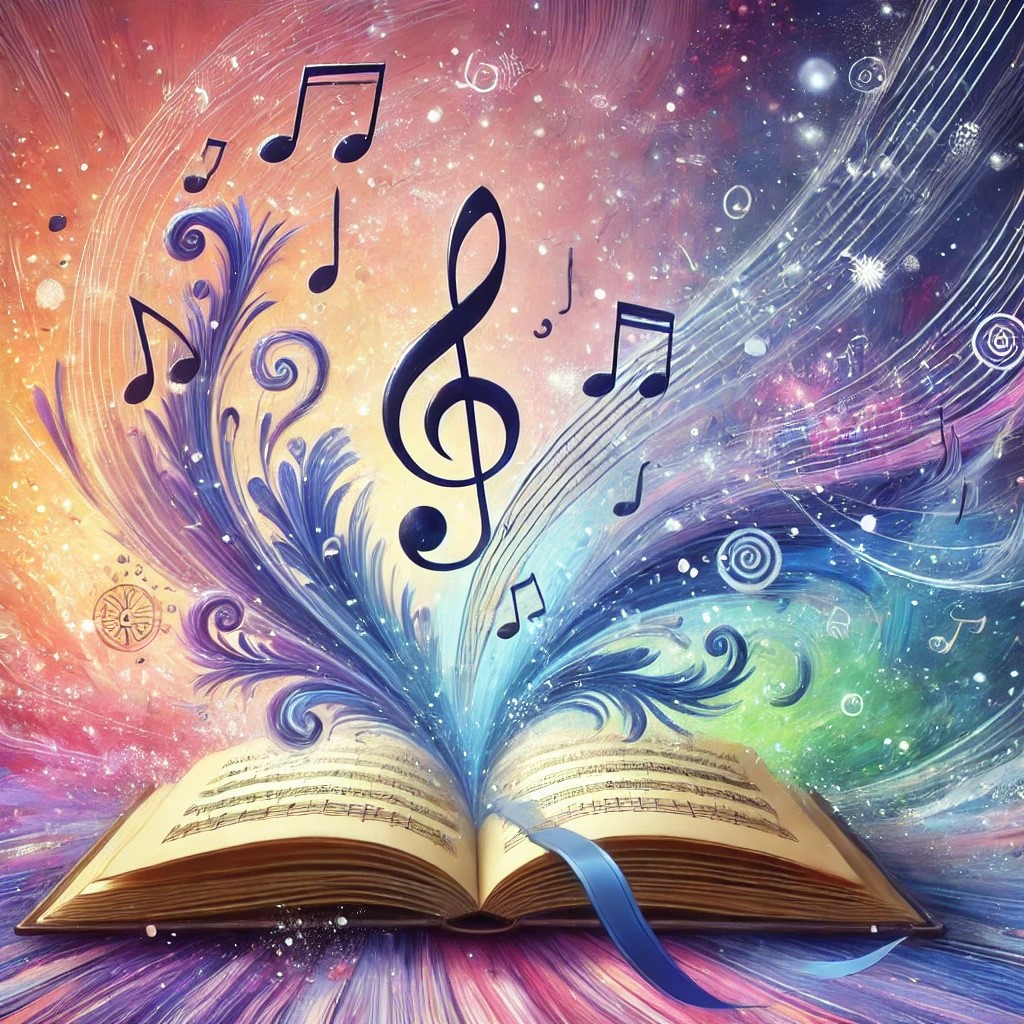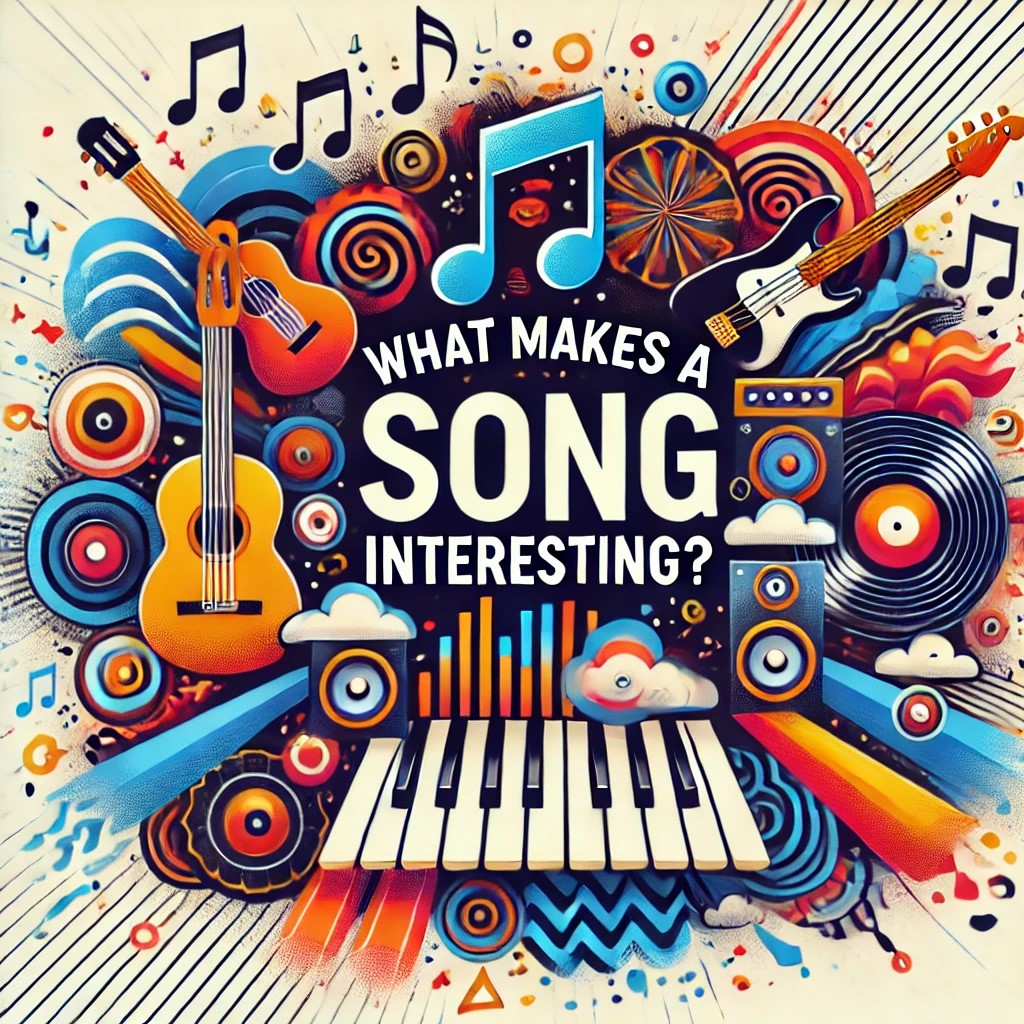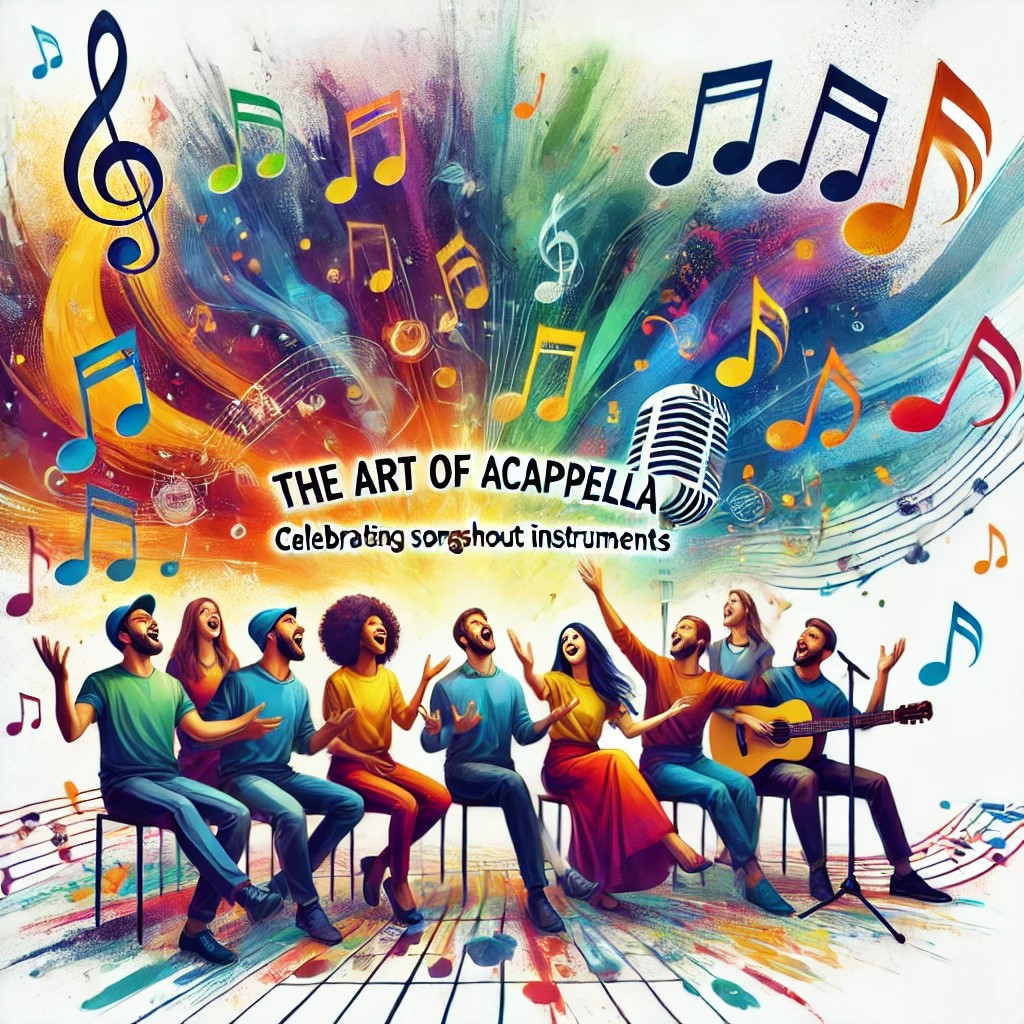Harmonizing Voices in History’s Greatest Song Duos and Bands
Ever wondered why certain songs stick with you forever? There’s something magical about a duo or band that can blend their voices and talents seamlessly. From rock legends to pop sensations, these groups have given us some of the most memorable tunes. In this blog post, we’ll explore the magic behind some of these famous duos and bands that have not only shaped the music industry but also created timeless tracks like songs about fathers and other heartfelt themes. Keep reading to discover more about your favorite musicians and perhaps find some new ones to add to your playlist.

The Power of Two Voices
When two artists come together, the harmony can be extraordinary. Take Simon & Garfunkel, for example. Their unique blend of folk and rock created unforgettable hits like “Sound of Silence” and “Bridge Over Troubled Water.” Their ability to weave intricate vocal harmonies set them apart, making their music timeless.
Another iconic duo, Sonny & Cher, brought a mix of rock and pop to the world. Their hit song “I Got You Babe” remains an anthem of love and partnership. The synergy between their distinct voices was unmatched, and they became a symbol of the 1960s music scene.
Iconic Bands That Shaped Music History
Bands like The Beatles and The Rolling Stones have left an indelible mark on the music industry. The Beatles, with their innovative approach to songwriting and recording, changed the landscape of music forever. Songs like “Hey Jude” and “Yesterday” continue to resonate with audiences across generations.
The Rolling Stones brought a raw, edgy sound that defined rock ‘n’ roll. Their dynamic stage presence and classic hits like “Paint It Black” and “Satisfaction” have cemented their place as one of the greatest rock bands of all time.
Modern Duos Making Waves
In recent years, duos like Twenty One Pilots and The White Stripes have gained significant popularity. Twenty One Pilots, known for their genre-blending music, have captured the hearts of millions with songs like “Stressed Out” and “Heathens.” Their unique sound and relatable lyrics make them a favorite among younger audiences.
The White Stripes, with their minimalist approach and raw energy, brought garage rock back into the spotlight. Hits like “Seven Nation Army” showcase their ability to create powerful music with just a guitar and drums.
The Emotional Depth of Songs About Fathers
Fatherhood is a theme that has inspired countless musicians. Songs about fathers often carry a deep emotional weight, resonating with listeners on a personal level. Cat Stevens’ “Father and Son” is a poignant example, exploring the generational divide and the challenges of growing up.
Eric Clapton’s “My Father’s Eyes” is another touching tribute, reflecting on his relationship with his father and the pain of loss. These songs not only highlight the artists’ songwriting prowess but also their ability to connect with their audience on an intimate level.
The Chemistry Behind Successful Duos
What makes a duo work so well together? It’s often a combination of chemistry, mutual respect, and complementary skills. For example, Hall & Oates are known for their seamless blend of rock and soul. Their ability to harmonize and balance each other’s strengths resulted in chart-topping hits like “Rich Girl” and “Maneater.”
Similarly, The Everly Brothers’ close harmonies and impeccable timing made them pioneers of rock and roll. Their influence can be heard in the music of The Beatles, The Beach Boys, and many other legendary bands.
The Evolution of Band Dynamics
Bands often go through various phases, from their formation to their peak and eventual disbandment. Fleetwood Mac is a prime example of a band that evolved over time. Originally a British blues band, they transformed into a pop-rock powerhouse with the addition of Lindsey Buckingham and Stevie Nicks. Their album “Rumours” remains one of the best-selling albums of all time, thanks to hits like “Go Your Own Way” and “Dreams.”
Another band that underwent significant changes is Genesis. Starting as a progressive rock band, they shifted towards a more pop-oriented sound with Phil Collins as the lead vocalist. This transition brought them mainstream success with songs like “Invisible Touch” and “Land of Confusion.”
Female Duos and Bands Making Their Mark
While many famous duos and bands are male-dominated, female artists have also left an indelible mark on the music industry. Tegan and Sara, an indie pop duo, have gained a dedicated following with their heartfelt lyrics and catchy melodies. Their songs often explore themes of love, identity, and personal growth.
The Bangles, known for their hit “Walk Like an Egyptian,” brought a unique blend of pop and rock to the 1980s music scene. Their harmonies and energetic performances made them a standout group, inspiring future generations of female musicians.
The Impact of Iconic Albums
Certain albums have had a profound impact on the music industry and continue to influence artists today. Pink Floyd’s “The Dark Side of the Moon” is one such album, known for its innovative production and thought-provoking lyrics. Tracks like “Money” and “Time” are still celebrated for their musical complexity and depth.
Another iconic album is Nirvana’s “Nevermind,” which brought grunge music into the mainstream. Songs like “Smells Like Teen Spirit” and “Come as You Are” captured the angst and rebellion of a generation, making Nirvana one of the most influential bands of the 1990s.
Collaborations That Transcend Genres
Collaborations between artists from different genres can result in some of the most memorable music. For instance, Queen and David Bowie’s “Under Pressure” is a perfect blend of rock and pop, showcasing the strengths of both artists. The song’s iconic bassline and powerful vocals make it a timeless classic.
Another notable collaboration is Run-D.M.C. and Aerosmith’s “Walk This Way,” which bridged the gap between hip-hop and rock. This groundbreaking track opened the door for future cross-genre collaborations and highlighted the versatility of both genres.
The Role of Music Videos
Music videos have played a crucial role in shaping the image and success of many duos and bands. Michael Jackson’s “Thriller” is a prime example, with its groundbreaking choreography and cinematic production. The music video not only elevated the song but also set a new standard for visual storytelling in music.
Similarly, A-ha’s “Take On Me” is known for its innovative animation and live-action combination. The music video’s unique style and captivating narrative helped the song become an international hit.
The Influence of Live Performances
Live performances are where many bands and duos truly shine. The energy and connection between the artists and the audience create unforgettable experiences. U2, known for their spectacular live shows, have captivated audiences worldwide with their powerful performances and stage presence. Songs like “With or Without You” and “Where the Streets Have No Name” take on a new dimension when performed live.
Bruce Springsteen and the E Street Band are another example of artists who excel in live performances. Their marathon concerts and passionate delivery make every show a memorable event. Tracks like “Born to Run” and “Thunder Road” resonate deeply with fans during live performances.
The Legacy of Song Duos and Bands
The legacy of these famous duos and bands extends beyond their music. They have influenced fashion, culture, and social movements. The Beatles, for instance, not only revolutionized music but also became symbols of the counterculture movement of the 1960s. Their impact on popular culture is still felt today.
Similarly, bands like The Clash used their music to address political and social issues. Songs like “London Calling” and “Should I Stay or Should I Go” continue to inspire and resonate with listeners who value their rebellious spirit.
Conclusion
From the harmonious vocals of Simon & Garfunkel to the genre-defying sounds of Twenty One Pilots, famous duos and bands have shaped the music industry in profound ways. Their ability to connect with audiences through powerful lyrics, innovative sounds, and unforgettable performances continues to inspire new generations of musicians.
As we celebrate these iconic artists, it’s essential to recognize the emotional depth and universal themes in their music, such as songs about fathers. These tracks remind us of the power of music to convey emotions, tell stories, and bring people together.
Ready to dive deeper into the world of music? Explore more about your favorite artists, discover new bands, and join a community of music enthusiasts who share your passion. Whether you’re reliving the classics or exploring contemporary sounds, there’s always something new to discover in the world of music.








